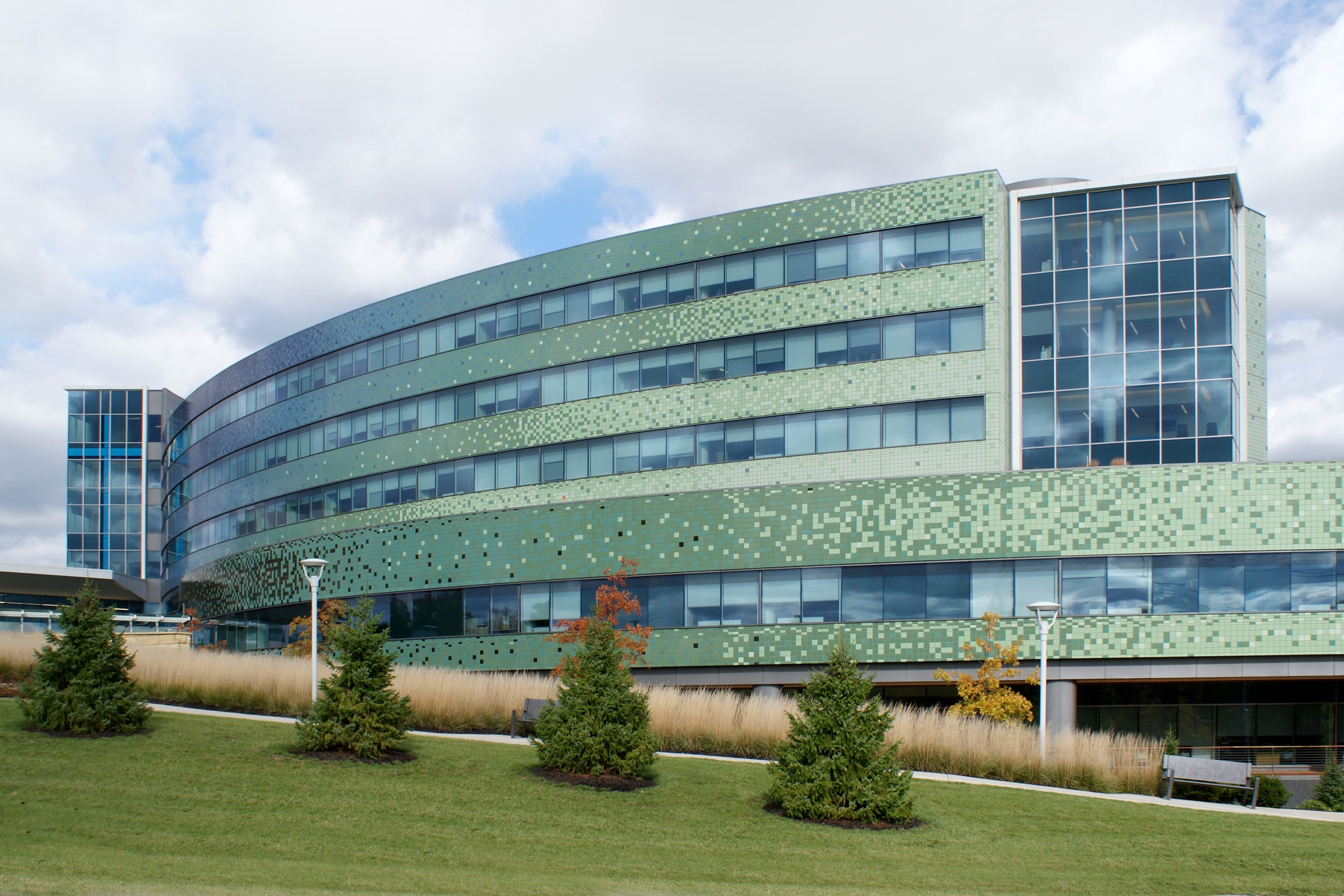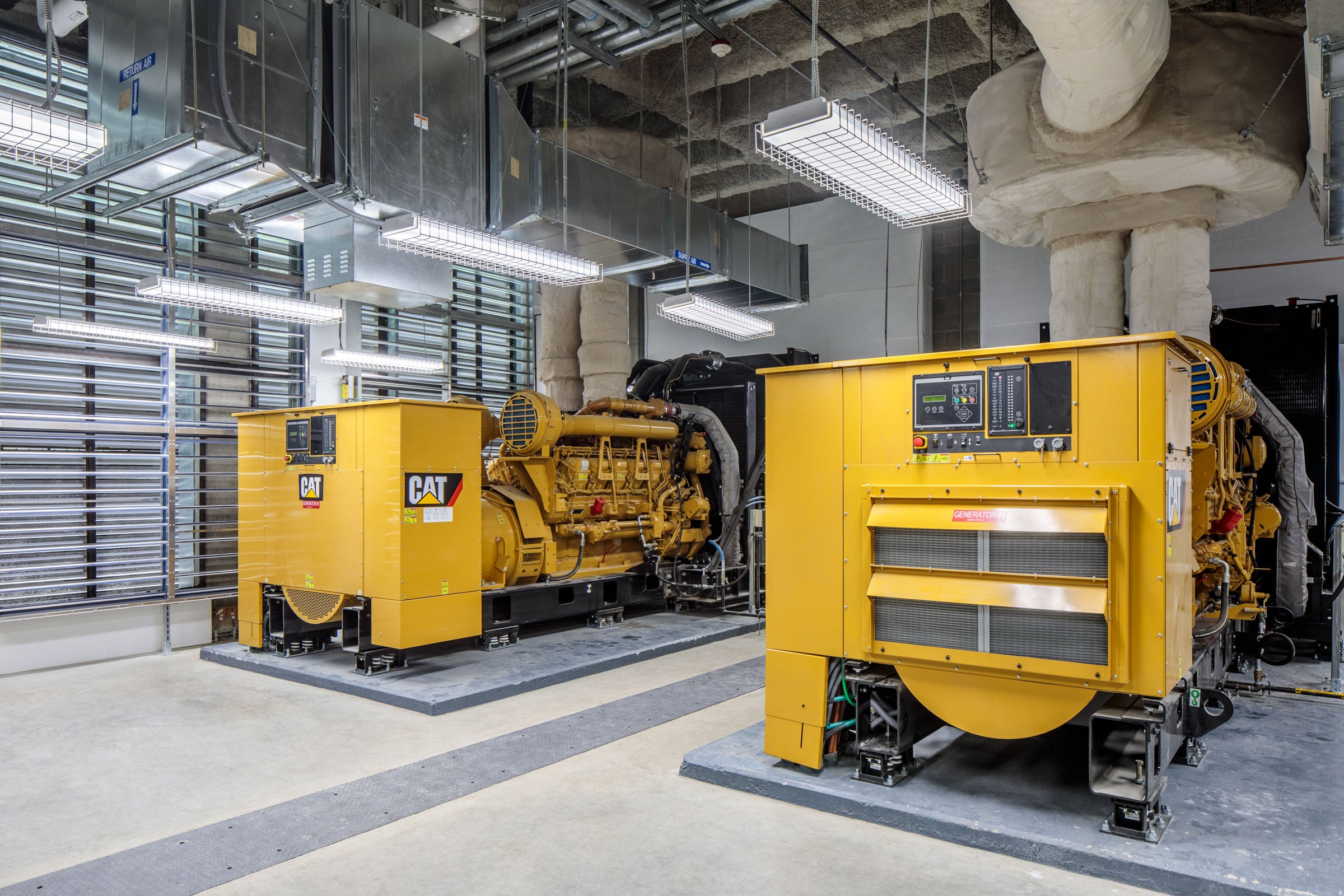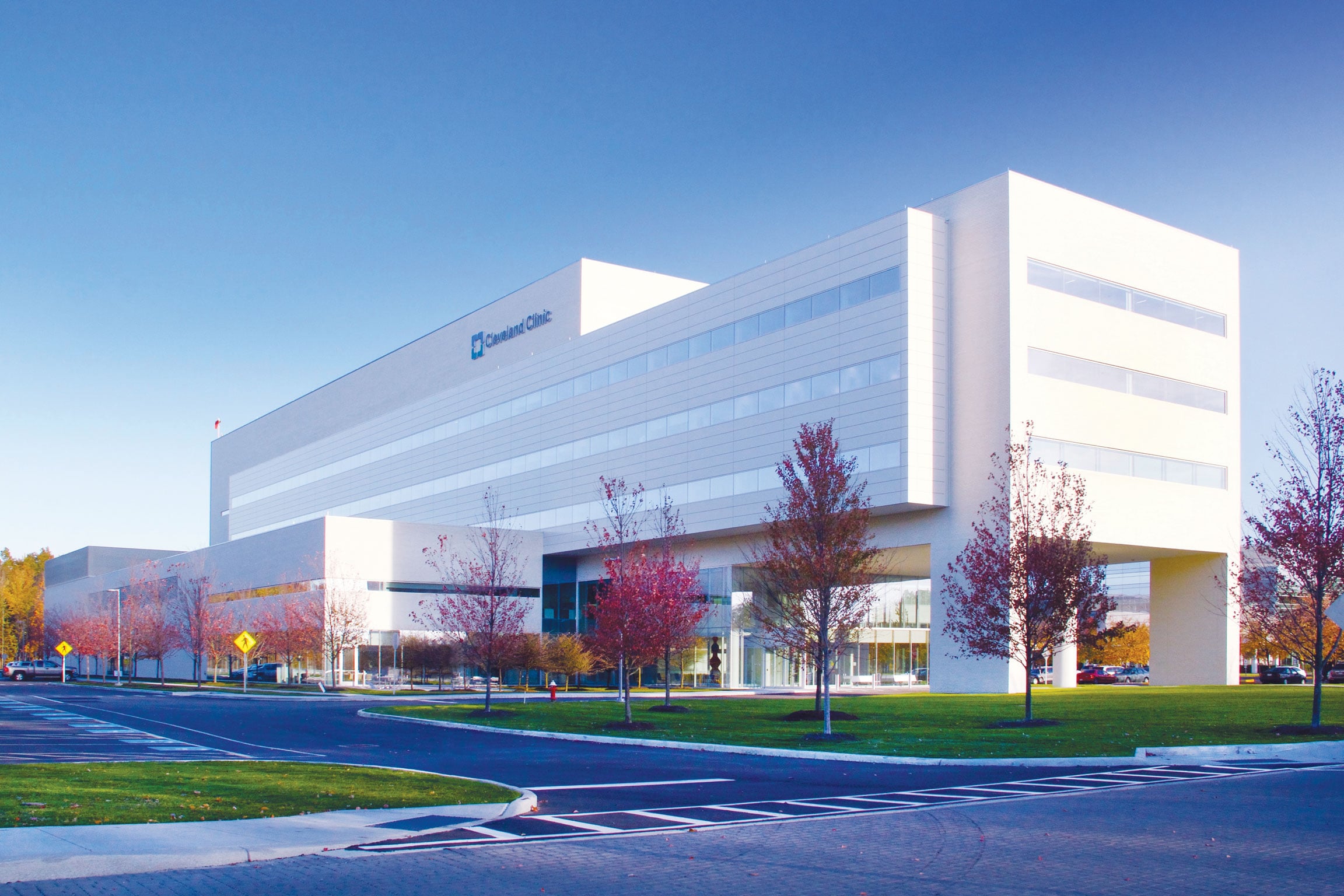Health care resilience has been developing within the industry for decades. Leaders saw what happened during the Joplin, Missouri, tornadoes and Hurricane Sandy, and they took notice. These and other natural disasters brought lessons that didn’t need to be relearned.
Ever risk-averse, providers saw resiliency as a way to keep outside events from affecting how they deliver care. They adopted these measures quickly and early on. But with the current COVID-19 pandemic, health care resilience looks a lot different than it did with natural disasters. Amidst new challenges, health care leaders are asking two questions. First, how do they keep patients, staff, and visitors safe? And second, how do they continue to deliver high-quality care?
The answer, in large part, is an even greater focus on resiliency.
Facilities with the right environment of care will be able to fulfill those two critical functions. They will protect staff and patients, deliver better care, and will be able to fulfill their organizations’ missions and visions.
Moving forward, health care resilience will most immediately impact infrastructure, planning, and technology.

Mercy Health West Hospital, a new $180 million, 638,000-square-foot, 250-bed facility. Photo courtesy of HEAPY
Resiliency’s Impact on Infrastructure
True health care resilience requires a thorough understanding of your facilities. This may seem obvious, but the state of the industry was laid bare during the initial response to COVID-19.
Some were scrambling to prepare for an influx of contagious patients but didn’t know what adjustments they could make. Some reached out to industry partners—architects, engineers, and contractors—for help. But even with help from these partners, the lack of infrastructure knowledge set everyone back.
One manager summed it up best, saying, “One good thing to come from this (COVID-19 pandemic)? At least we’ll get to know our infrastructure.”
A Campus Asset Management Plan (CAMP) can help facilities be more resilient. It allows organizations to understand the condition and importance of major equipment, gives timelines and budgets to upgrade or replace, and also provides a quick access to equipment zoning and key locations for system isolations. (Think gas isolation valves, AHU zoning, and domestic water mains, to name a few.) With a CAMP, important questions get fast answers, such as:
- Where do you have single points of failure for critical systems?
- Do you know the age and condition of the air-handling unit serving your operating rooms?
- Do you know where the shut-off valves are for the O2 system serving the ICU?
- Can you quickly point to where you have cross-connections in the domestic water systems?
- Will your network support remote users?
- Is your BAS secure?
Why do these lapses in knowledge happen in the first place? In some cases, the documentation of multiple relation projects prevents it from happening. In other cases, changes in staffing create these losses. A CAMP bridges the knowledge of the facility across generations of workers. With one, there’s no more scrambling to relearn what’s been lost.
In worst-case scenarios, a CAMP gets everyone up to speed so that planning can be faster and more accurate. In best-case scenarios, a CAMP is a roadmap that makes CapEx more predictable. A CAMP can provide information about specific pieces of equipment, including size, manufacturer, age, and areas served. It can also identify key pieces of equipment that need to be replaced and plan for the costs of doing so. It’s a years-out view of your facility that helps you make smart plans.

Dayton Children’s South Campus Expansion encourages patients to use self-service kiosks to check in. Photo by Battoclette Photography
Resiliency’s Impact on Pandemic Planning
There’s little doubt that pandemic planning will be a primary focus of health care resilience for the next several years. This planning is easier and more effective with flexibility. The more options leaders have at their disposal, the more they can do to react. There are two critical health care resilience components that will give these organizations greater flexibility:
1. Architectural and building services design
Over the past several months, many facilities have made changes to check-in and discharge procedures, which has been necessary to accommodate the coronavirus. But these aren’t the only adjustments to user flow that have to be made, and healthy design can step in and help solve these challenges. Today’s exceptions and adjustments can become standard procedure in the future. It may not be uncommon for entrances and exits to be dedicated to a single purpose, for example.
2. The use of engineering controls to protect patients and staff and reduce PPE
Every day we gain a better understanding of how diseases like COVID-19 are transmitted. This must be met with an equal dedication to new engineering controls.
Previous pandemic planning was often limited. A mechanical engineer would provide systems capable of 100% outdoor air operation in portions of a facility. Future pandemic planning must be better. It will include flexibility of multiple areas of a building, each indexing to 100% outdoor air operation, among other strategies. It may include ideas like an ED area for new patient check-in, a patient wing for cohorting pandemic patients, or modifications to an operating suite.
These changes to controls will allow safer conditions for, and separation of, COVID and non-COVID staff and patients.
Together, design and controls can address additional questions. One such example is the congregating of patients and visitors. Architectural design can help with flexible plans that enable operations by floor, while engineering controls can offer the flexibility to ensure safe operation no matter how the floor is allocated.

Dayton Children’s Hospital’s new emergency power generator consists of three 1500 KVA gen-sets. Photo by Brad Feinknopf
Resiliency’s Impact on Technology
Health care facilities are no strangers to technology. Their design has been a balance of complexity and performance for decades.
The COVID-19 pandemic has accelerated our adoption of technology everywhere, and health care has not been immune. New challenges cannot be met with solutions that are inefficient or less reliable. They must not interfere with care delivery. They absolutely can’t touch Hospital Consumer Assessment of Health care Providers and Systems (HCAHPS) scores.
Technology must enable us to adapt to a changing world. More technology isn’t necessarily better—but more flexibility is.
Take, for example, telemedicine. Its adoption was on the rise before COVID-19 but has rapidly accelerated since. One organization shared that they performed 30,000 televisits in March of 2020, while there were only 10,000 in all of 2019. Patients are learning that they don’t need to appear in person to receive care, and facilities must react accordingly. Technology that offers flexibility is the answer. With the right planning and the right partners, some solutions can solve more than one challenge. This can speed up implementation and save money.
For example, some advances in the residential marketplace also apply to health care facilities. Updated controls for lighting, thermostats, and shading can be given to patient and caretaker, increasing the satisfaction of both. These simple additions can also improve workflows and allow staff to focus on their patients.
Facilities that think bigger are turning their air systems into active combatants of infection. Traditional HVAC controls have provided passive help through improved air filtration. Further enhancements maintain ultraviolet germicidal irradiation (UVGI) or bio-polar ionization (BPI) systems within AHUs or ductwork.
BPI devices are installed in the air handling unit. They use an electronic charge to generate a plasma field that’s dispersed through the system. This plasma attaches to viruses, bacteria and gasses to allow them to be trapped or settle faster than before. It’s more active management because it reduces both airborne and surface contaminants. Advances in BPI have greatly reduced ozone generation. That has made this technology practical and applicable, especially in pandemic situations.
Newer to the market is a commercially applied lighting technology that can operate in the nano wavelength. It disrupts bacterial growth processes like UVGI, but it can be applied in actively occupied spaces.
Another promising technology is dry hydrogen peroxide system (DHP). It can be integrated into an AHU system and dispersed throughout an occupied space via the air system.
As technology improves, we’re now able to actively fight infections by improving air quality. Having multiple approaches will provide even more flexibility.

Envisioned as a hospital of the future, the Cleveland Clinic Avon Hospital leverages flexibility and technology for health care resilience. Photo courtesy of HEAPY
Looking Ahead
There’s no question that humans thrive with social collaboration, but COVID has forced us to think about the ways we may remain socially connected, yet physically apart.
Health care is no different. Despite being one of the most forward-thinking, resilient verticals in the market today, urgent new challenges require new solutions. Doubling down on resiliency is part of the answer.
As a country, we have not seen our last natural disaster, terrorist attack, or pandemic. The health care community understands this most of all. Together, we must continue to improve health care resilience through collaboration and planning. Financial resources may be limited, but with smart application and stakeholder involvement we can provide the flexibility needed to adapt and thrive.


